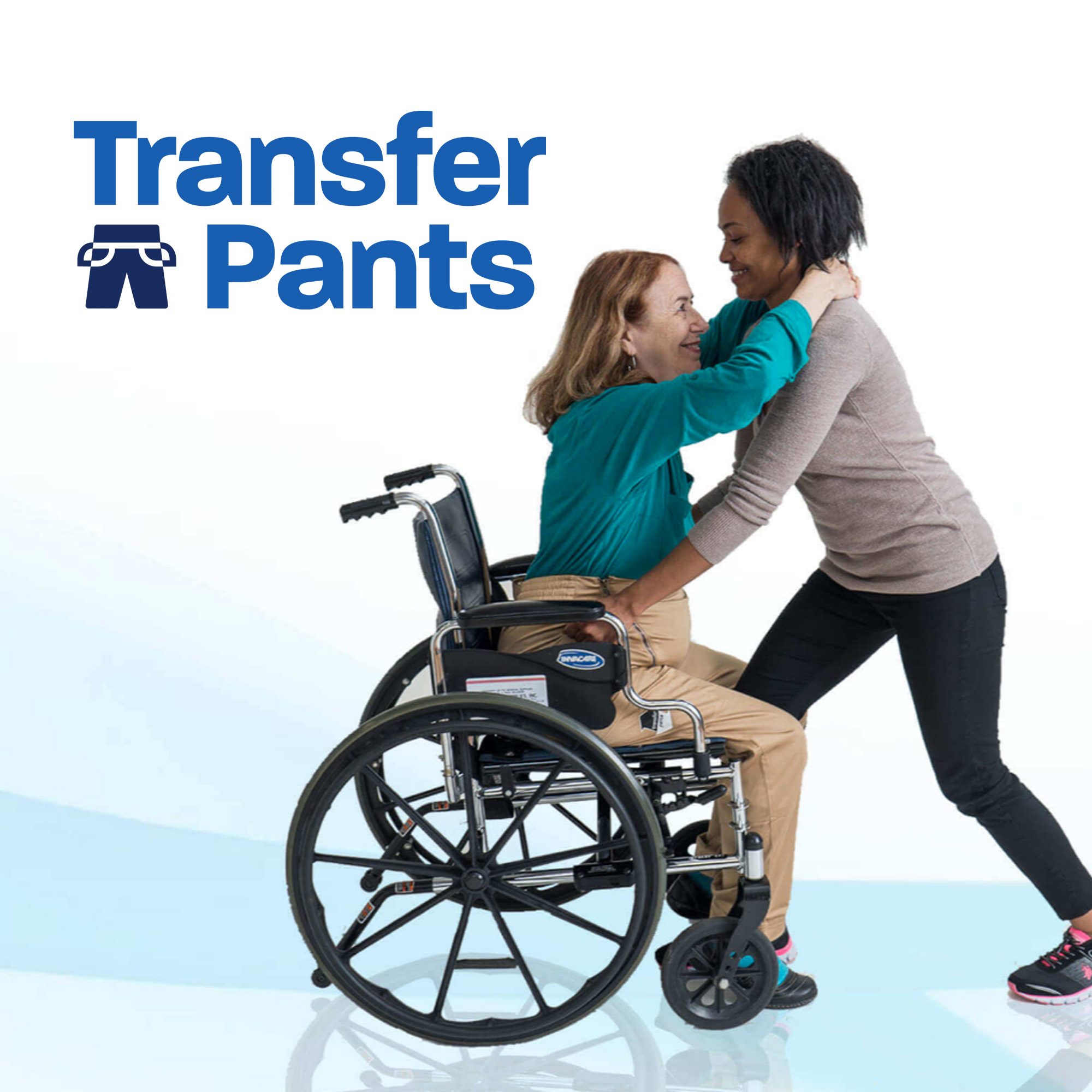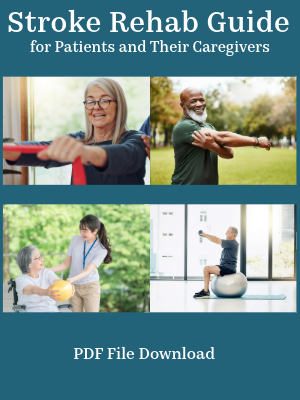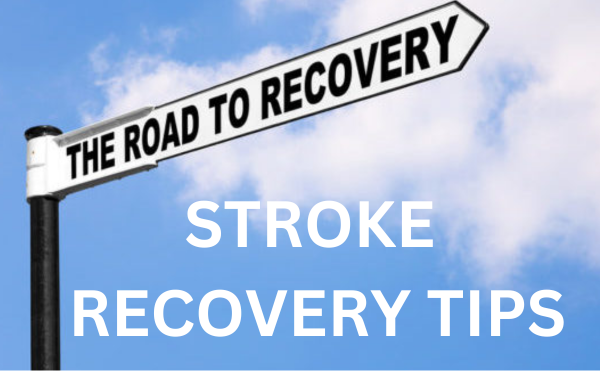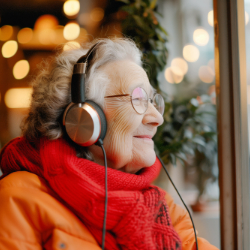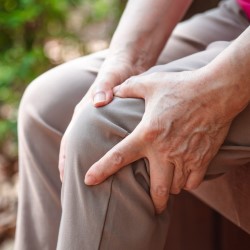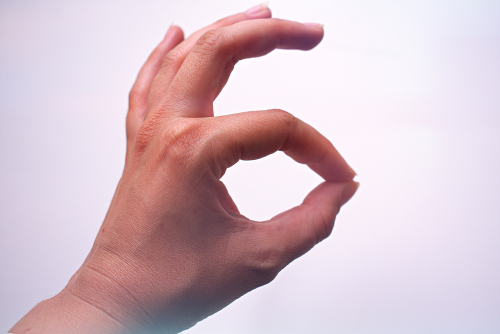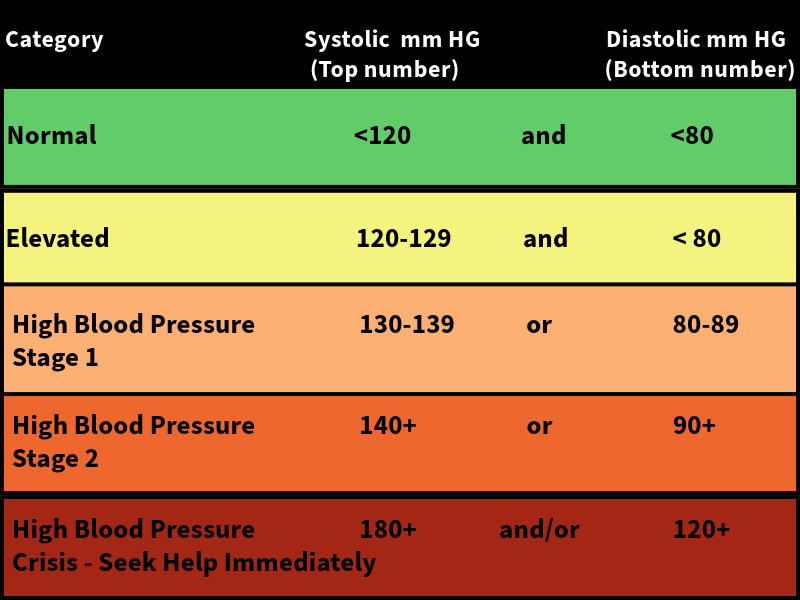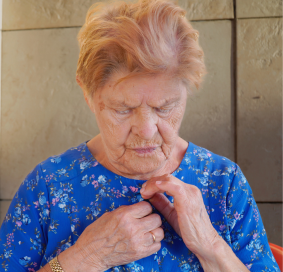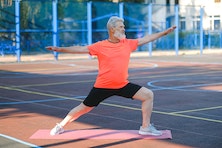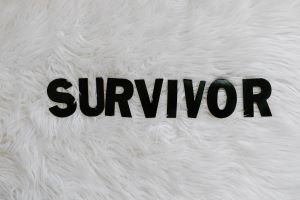Adaptive Clothing for Stroke Patients
|
After experiencing a stroke, individuals often face challenges that affect their physical abilities and daily routines. One aspect that can significantly impact their daily lives is clothing. A stroke may result in hemiplegia or hemiparesis which causes weakness on one side of the body. As a result, the stroke patient may have great difficulty with getting dressed. Due to limited mobility and dexterity, traditional clothing may become difficult to put on. The lack of adaptive or appropriate clothing or apparel for those with stroke can become a barrier, preventing engagement in meaningful activities1.The ongoing development of adaptive clothing has brought a new ray of hope to stroke patients, offering them increased comfort, independence, and the opportunity to regain their personal style. |
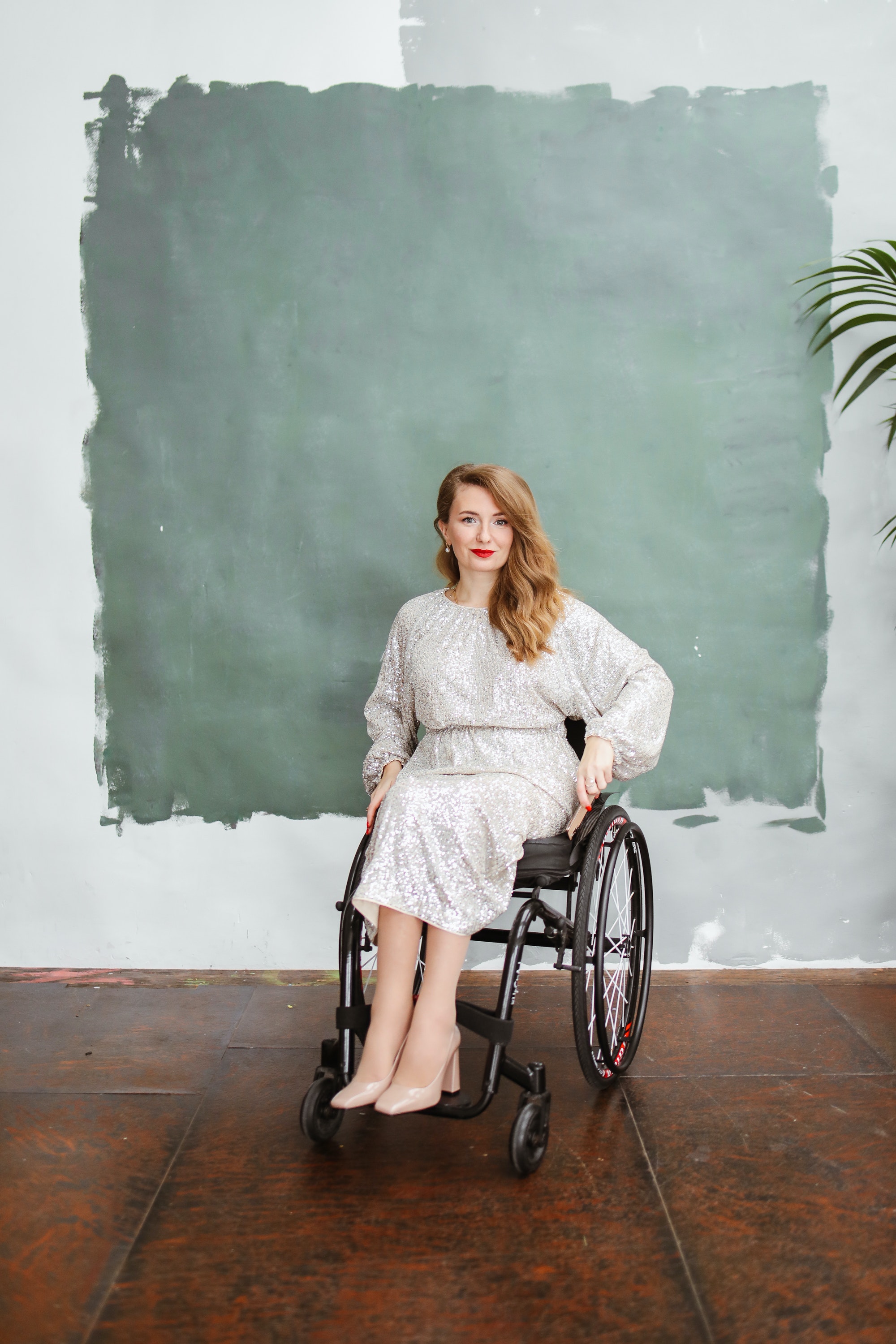 |
Promoting Independence
Adaptive clothing empowers stroke patients by enabling them to dress independently, reducing the need for assistance. These garments are designed with features that accommodate various physical challenges faced by stroke survivors. Examples of such features include:
a. Open-Back Design: Adaptive clothing often incorporates a discreet open-back design, allowing individuals to dress without raising their arms or stepping into the clothing. This design reduces strain on affected limbs and facilitates easy dressing.
b. Magnetic Closures: Traditional buttons and zippers can be challenging for stroke patients with limited dexterity. Adaptive clothing may use magnetic closures or Velcro fasteners, making it easier for individuals to fasten their garments independently.
c. Elastic Waistbands and Adjustable Straps: Clothing items with elastic waistbands or adjustable straps accommodate changes in body size and shape, offering a comfortable fit without compromising mobility or circulation.
Enhancing Comfort and Safety
Stroke patients may experience sensory changes, such as hypersensitivity or decreased sensation, which can make traditional clothing uncomfortable or even painful to wear. Adaptive clothing addresses these challenges in several ways:
a. Soft, Breathable Fabrics: Adaptive garments are often made from soft, breathable materials that reduce irritation and promote airflow, maintaining optimal body temperature and comfort throughout the day.
b. Seamless Construction: Seams in traditional clothing can cause discomfort and pressure points. Adaptive clothing is designed with minimal seams or seamless construction, reducing the risk of skin irritation, and providing a smoother feel against the skin.
c. Anti-Slip Features: To prevent falls and improve safety, adaptive clothing may include non-slip soles on socks and slippers or anti-slip pads on the inner soles of shoes, providing stroke patients with increased stability and confidence while walking.
Relieving Caregiver Burden
Adaptive clothing not only serves as a valuable aid for stroke patients but also offers numerous advantages to caregivers. Beyond reducing physical strain, adaptive clothing provides caregivers with a range of supportive features that simplify the dressing process and enhance overall caregiving duties. In addition to improving efficiency and comfort, adaptive clothing offers practical solutions which include:
a. Seated Dressing Options: Adaptive clothing offers solutions that enable caregivers to dress stroke patients from a seated position, eliminating the need for them to stand or exert excessive effort. This feature is particularly beneficial for caregivers with mobility limitations or those assisting patients who have difficulty standing.
b. Quick-Change Functionality: Pants that can be changed from a seated position enables caregivers to swiftly address issues such as incontinence, minimizing the time and effort required for dressing changes. Magnetic closures, Velcro fasteners, or snap buttons replace traditional buttons and zippers, making it quicker and simpler for caregivers to secure garments.
c. Simple Access Points: Adaptive clothing often incorporates strategically placed access points, such as discreet openings in the back or sides, enabling caregivers to dress stroke patients with ease and without the need for extensive maneuvering.
d. Managing Incontinence with Confidence: Adaptive pants feature innovative designs that allow changes without the need for the stroke patient to stand. These pants incorporate discreet and accessible openings, ensuring efficient dressing changes while maintaining the patient's comfort and dignity. Some clothing may include specialized fabrics that are absorbent and waterproof, helping caregivers manage and contain incontinence-related issues more effectively. This feature reduces the risk of leakage and minimizes the need for frequent clothing changes.
e. Clothing to Help with Transfers
Transfer Pants offer adaptive clothing with patented handles sewn into the pants. These handles help caregivers transfer patients and loved ones from and to wheelchairs. They help prevent falls and injuries to mobility challenged individuals and provide a more comfortable alternative to gait belts according to the company website.
Style and Self-Expression
Adaptive clothing no longer means sacrificing personal style. Clothing brands now offer a wide range of adaptive garments that cater to different tastes and preferences. These include trendy designs and even customizable options such as length adjustments, sleeve modifications, or pocket placements, ensuring the garments fit perfectly and meet specific individual needs. Adaptive clothing is also designed to look like regular apparel, eliminating the stigma associated with visible disability aids. This allows stroke patients to maintain their dignity and feel less self-conscious about their clothing choices. By addressing the unique challenges faced by stroke survivors, adaptive clothing allows individuals to regain control over their dressing routine and experience a renewed sense of confidence and self-expression.
Adaptive Clothing Websites
There are several online stores that specifically offer adaptive clothing. Some of the websites that offer adaptive clothing include:
- www.adaptiveclothingshowroom.com
- izadaptive.com
- www.able2wear.co.uk
- www.clothesforseniors.com
- easyaccessclothing.com
- www.silverts.com
- www.buckandbuck.com
- www.adaptawear.com
You can also find adaptive clothing on Amazon
1 Allison Kabel, Kerri McBee-Black & Jessica Dimka (2016) Apparel-related participation barriers: ability, adaptation and engagement, Disability and Rehabilitation, 38:22, 2184-2192, DOI: 10.3109/09638288.2015.1123309
Get Our Stroke Rehab Guide

Our stroke rehab guide is designed specifically for patients and caregivers. It's in pdf format and can be immediately downloaded. It includes about
- Stroke Definition & Causes
- Stroke Treatment
- Rehabilitation Information for Physical, Occupational and Speech Therapy
- Exercise pictures
- Q&A from patients and caregivers
- Adaptive Equipment & Techniques
- How to Prevent Another Stroke & More!
Medical Disclaimer: All information on this website is for informational purposes only. This website does not provide medical advice or treatment. Always seek the advice of your physician or other healthcare provider before undertaking a new healthcare or exercise regimen. Never disregard professional medical advice or delay seeking medical treatment because of something you have read on this website. See the disclaimer page for full information.
- Home
- Adaptive Clothing




